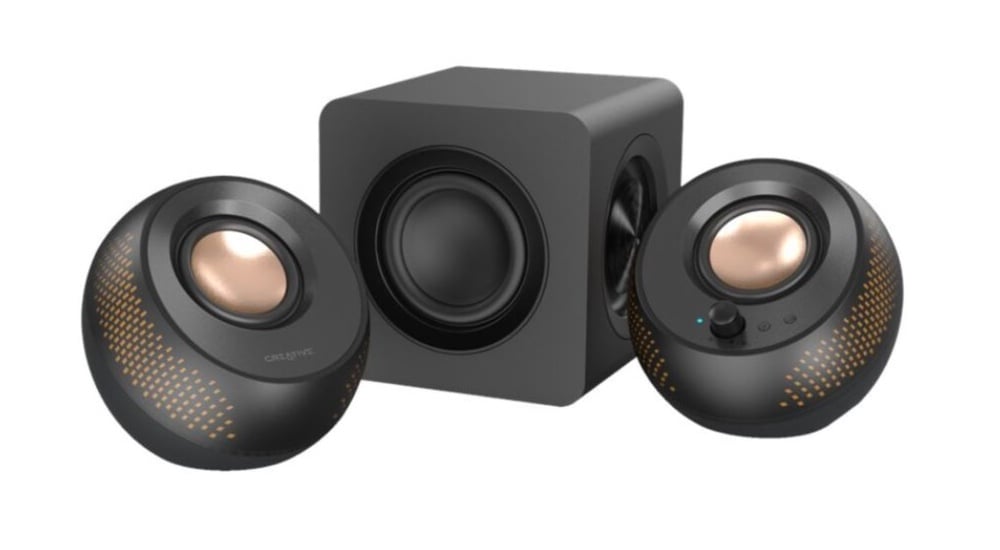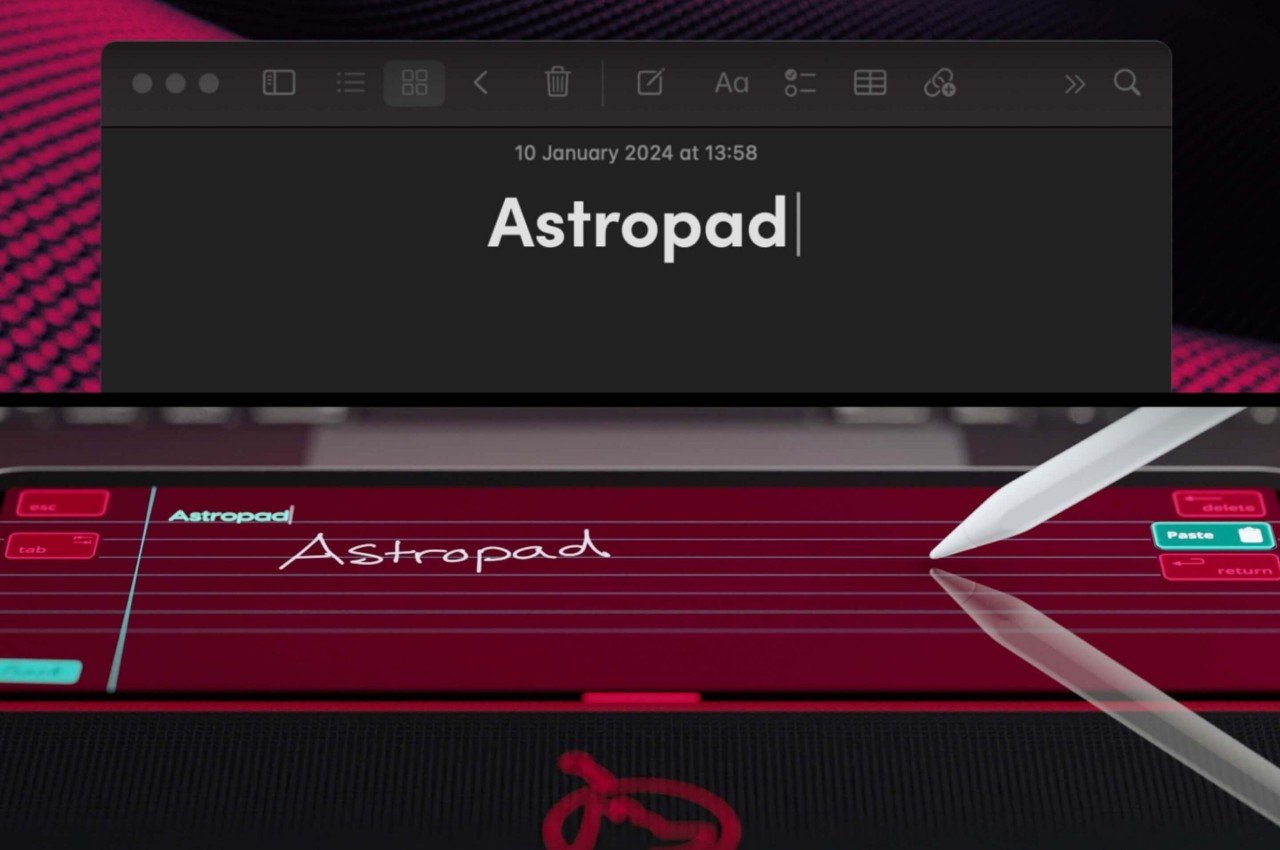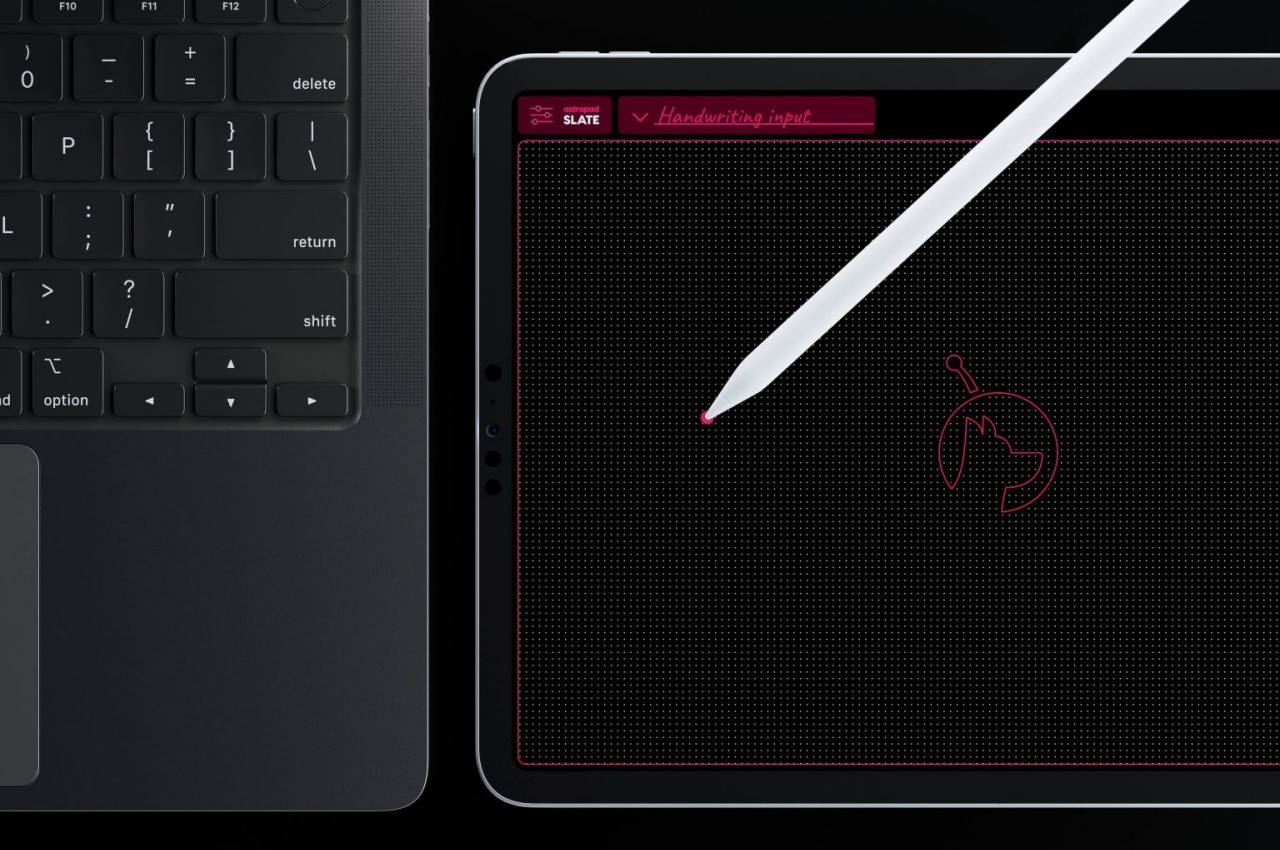After listening to yesterday’s Xbox Podcast, where the company announced it was bringing four older titles to non-Xbox consoles, a question popped into my head: Why does Microsoft, a software and services company, need a console business?
The same question was asked when The Rock announced the original Xbox console in 2001, but the industry has changed a lot in 23 years, and it’s worth asking again. Microsoft, after initially struggling to make an impact with the Xbox, firmly established itself as a top player with the Xbox 360, before settling for second place with the Xbox One and currently finding itself in a distant third with the Xbox Series consoles.
As much as the industry has changed, no company in it has changed more than Microsoft. It is now a mega-publisher of games, with over 30 in-house studios. Many of these development teams are world-renowned, with a rich, multi-platform history. It’s also the operator of one of the largest game subscription services in the world, Game Pass. Microsoft’s plan has been clear for all to see: Sell a console and upsell a subscription service filled with games produced at cost by in-house studios.
There’s just one problem: It doesn’t have the audience.
The pandemic years saw rapid growth of Game Pass, which rose from 10 million subscribers in April 2020 to 25 million in January 2022. Since then, it’s added just 9 million subscribers, with the current total standing at 34 million. The caveat to this statistic is that Microsoft rebranded its Xbox Live Gold service, which had 11.7 million subscribers in 2022, to Game Pass Core. The company told The Verge and later confirmed to Engadget that Core subscribers were included in the 34 million, which suggests the total number of Xbox subscribers has been flat since 2022, although the mix of Ultimate and Core subscribers may be more favorable.
Any thoughts that Game Pass could emulate Netflix’s decade of growth are long-gone, but there’s a crucial difference between the two services: Netflix doesn’t try to sell its customers $400 boxes to watch Netflix.
Microsoft has struggled with the duality of its gaming strategy: A subscription service requires a constant churn of content to feel worthwhile, but a console requires “system sellers” that attract people to buy it over the competition. Those are very different things, with wildly different budgets and timelines. Game Pass, no matter how attractive, is not a system seller by itself.
While Microsoft has balanced its dual goals of Game Pass growth and console sales, its competitors have stolen its audience. Nintendo and Sony are laser-focused on exclusive experiences for their customers, which they both see as key to selling consoles. Microsoft has once again found its hardware outsold 2:1 by Sony, and the Switch has likely outsold the Xbox One and Xbox Series consoles combined. While Sony is increasingly understanding the power of the PC market, and Nintendo is still maintaining at least a couple of its money-spinning mobile games, there is little chance of either company’s overall console strategy changing.
Microsoft’s pledge to bring four unnamed titles to “other consoles,” then, is intriguing. I subscribe to Game Pass, but I’m not sure I would’ve paid $30 for Hi-Fi Rush or $40 for Grounded, no matter how much I enjoy either of those games. From the way Xbox chief Phil Spencer described the company's cross-platform quartet, there seems a reasonable chance that those games, together with Pentiment and Sea of Thieves, are the subject of this experiment:
“We looked at games that are over a year old … A couple of the games are community-driven games, new games, kind of first iterations of a franchise that have reached their full potential, let's say, on Xbox and PC … Two of the other games are smaller games that were never really meant to be built as kind of platform exclusives and all the fanfare that goes around that, but games that our teams really wanted to go build that we love supporting creative endeavors across our studios regardless of size.”
Porting these four titles to other platforms is not going to do much to change Microsoft’s fortunes. Yes, I’m pleased that more people will get a chance to play Hi-Fi Rush and Pentiment, and I’m sure Microsoft will make some money from Switch and PlayStation owners. But from Microsoft’s perspective, why give your potential audience four fewer reasons to buy an Xbox?
Cloud streaming, and the ability to turn any screen into an Xbox, is clearly the long-term plan for Microsoft. There has been some progress in getting its app on more platforms, but few TVs or streaming boxes support Microsoft’s Game Pass app for cloud streaming, and Xbox Cloud still isn’t close enough to local play to be a viable option for many games. More expensive options like GeForce Now show some promise, but it’s clear that cloud gaming is not going to be a viable primary gaming platform for the masses for many years.
In the meantime, what does Microsoft do? We’re likely approaching the midway point of this console generation, and its current systems have a comparatively tiny audience. Game Pass subscriptions are slowing, and there isn’t a viable way for PlayStation or Switch players who don’t own a gaming PC to play Xbox games. It’s a lot like the Xbox One generation, except Microsoft now owns roughly $76 billion more game studios. In this landscape, it’s easy to understand the rumors of top-tier Xbox games being released on other consoles after a brief exclusivity window.
The economics of making big games for small audiences are tough. 2024 looks set to be a better year for Microsoft, with first-party titles like Hellblade II, Indiana Jones and the Great Circle and Avowed on the way. But even combined, it seems unlikely that these titles will grow Xbox sales or Game Pass subscriptions significantly. Few gamers are willing to commit to a second console, let alone a third.
As a third-tier player in the console market, there’s no easy road to success. To release AAA titles on PlayStation would increase the sales of Microsoft games massively, but it could also erase the point of owning an Xbox. Microsoft could probably afford to go multiplatform while maintaining a console business if it had some true AAA franchises to hold back, but despite spending $69 billion on Activision Blizzard, it agreed to not make its new-found system seller, Call of Duty, exclusive to Xbox until 2034. Halo and Forza are not enough in 2024.
So, maybe it’s time for Microsoft to stop making consoles, and just focus on becoming the biggest company in gaming. I’d almost suggest that was the plan, were it not for Phil Spencer confirming future hardware was on the way. It’s obviously not viable to abandon this console generation, but it’s definitely viable to begin planning for a graceful exit from hardware by developing for rival platforms.
If Microsoft believes in the transition to cloud gaming, it should not be planning to release a next-generation console. Why keep losing a console war you believe is about to end? Stepping back from its competition with Sony and focusing on making the best games for the largest audience would put the Xbox division in the strongest position to capitalize on the post-console future. Publishers like Ubisoft and EA already sell subscriptions on the PlayStation store, and Microsoft could, too — a subscription with every Call of Duty and Bethesda game would probably go down well with PlayStation gamers.
While Microsoft waits for cloud gaming to become viable for the billions of active players around the world, the best place for its games, and Game Pass, might be PlayStation, Switch and PC.
Update, February 16, 12:30PM ET: This story was updated twice after publish. The first update added detail about Game Pass Core subscribers being included in Xbox's 34 million figure, and a later addition included Microsoft's confirmation of this detail.
Jessica Conditt contributed to this report.
This article originally appeared on Engadget at https://www.engadget.com/microsoft-should-exit-the-console-business-160023834.html?src=rss

















